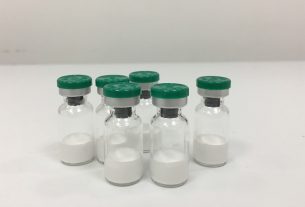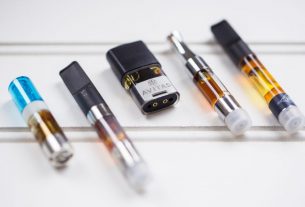A thyroid nodule is a lump in the gland located in the lower neck and may be present at birth or develop later in life. The exact cause of thyroid nodules is unknown, but it has been linked with radiation exposure and genetics. It can also develop due to autoimmune disease, radioiodine therapy, and less common tumors like papillary thyroid cancer. As patients are getting older, cases of benign thyroid nodules are on the rise. However, it is advised that all people with a new thyroid mass undergo an ultrasound exam first to determine whether it is nodular goiter or malignancy. Based on your ultrasound results, a Newport Beach thyroid nodule biopsy specialist may recommend further tests.
What Does Thyroid Nodule Biopsy Involve?
A thyroid nodule biopsy is performed to determine the diagnosis of a thyroid nodule. During your consultation with a thyroid nodule biopsy specialist, they will inform you of the possible causes for the development of your enlarged gland. Thyroid ultrasound and blood tests may help answer some questions, but they may not answer all your queries, which is where a thyroid biopsy comes into play. It removes cells from the nodule for examination under the microscope.
Depending on the size of your thyroid nodule, there are three different methods that your doctor can use during an aspiration biopsy or a fine needle biopsy which are very similar with only slight differences between them. A thyroid nodule biopsy specialist may use the following methods to obtain cells from your thyroid gland:
Aspiration Thyroid Nodule Biopsy
A needle is inserted into the nodule, and fluid or tissue is removed for examination under a microscope. You cannot use this method if you have a goiter, hyperthyroidism, or areas of indeterminate thyroid cells on your ultrasound.
Fine Needle Biopsy of Thyroid Nodules
A fine needle is inserted into the nodule, and cells are removed for examination under a microscope. The procedure is performed without any anesthesia but it may cause pain, bruising, or discomfort at the injection site.
Lobectomy Thyroid Biopsy
A small part of the nodule is removed by surgery or through an incision made in your neck. It usually is only used if the nodule is suspicious for cancer and cannot be aspirated. You can also use it to remove all of a large thyroid nodule, causing compression on nearby structures like the windpipe (trachea).
What Is The Risk of A Thyroid Nodule Biopsy?
A thyroid nodule biopsy is generally safe to perform; however, some common side effects may arise. They include pain that may last for a few days, bruising at the injection site and discomfort in your neck. There is always a risk of complications associated with anesthesia if you are receiving general anesthesia, including allergic reaction or respiratory problems. It’s also important to understand that an increased risk of developing thyroid cancer is associated with radiation exposure to the head or neck.
In summary, a thyroid nodule biopsy is a medical procedure used to determine the diagnosis of a thyroid nodule. A doctor can use lobectomy thyroid biopsy or aspiration thyroid nodule biopsy to extract cells from the thyroid gland. Risks rarely occur with this procedure but include pain and bruising at the injection site, neck pain, respiratory problems, or allergic reactions due to anesthesia.




